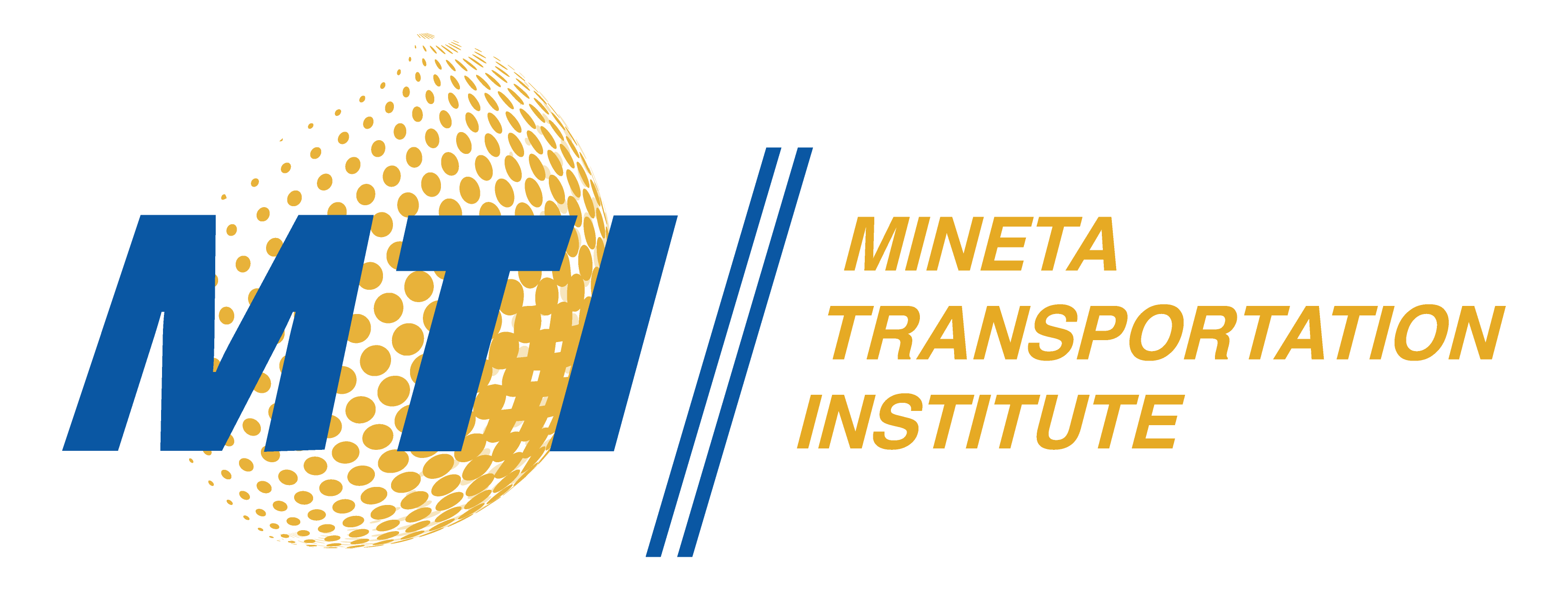Description
Authors of this research developed a traffic simulation model for the downtown San Jose network and evaluated five different street redesign and travel demand combinations. This model aids understanding of network-wide effects of changes in street design for local and regional agencies who are interested in implementing complete streets and/or one-way to two-way conversion. The base network may be altered to model and evaluate other complete streets (e.g., road diet) and tactical urbanism (e.g., farmer’s market on city streets on certain days of the week) scenarios. The 3-dimensional animated videos for each scenario are also created to be used for public outreach by the city to engage the stakeholders in the planning and implementation process. Quantitative measures used for evaluating the scenarios include travel times on key corridors and network-wide delays during the afternoon peak hour. The evaluation shows the current city street network will be able to sustain a modest (between 5% and 10%) increase in single-occupancy automobile travel demand. The network will be overwhelmed if the single-occupancy automobile travel demand were to increase to the level projected per the city’s 2040 general plan. This outcome points to the need for strong Travel Demand Management (TDM) measures.
Publication Date
6-2020
Publication Type
Report
Topic
Active Transportation, Planning and Policy, Sustainable Transportation and Land Use, Transportation Technology
Digital Object Identifier
10.31979/mti.2020.1712
MTI Project
1712
Mineta Transportation Institute URL
https://transweb.sjsu.edu/research/1712-Assessing-Complete-Street-Strategies
Keywords
Multimodal transportation, Traffic simulation, Complete streets, Calibration, Validation
Disciplines
Transportation | Transportation Engineering
Recommended Citation
Bernice Liu, Alireza Shams, Jonathan Howard, Serena Alexander, Alex Hughes, and Anurag Pande. "Assessing Complete Street Strategies Using Microscopic Traffic Simulation Models" Mineta Transportation Institute (2020). https://doi.org/10.31979/mti.2020.1712
Research Brief

